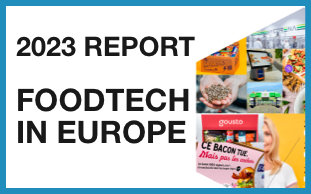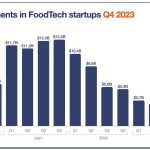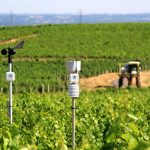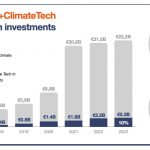When we consider the future of food, we often focus on challenges related to the Western diet, such as meat production, food waste or labour shortages. However, half of the world’s population lives in Asia; if solutions are needed somewhere, it’s definitely there. Today, we’ll focus on under-discussed parts of the (Asian) food supply chain that should deserve more attention.
1 – The rice crisis
While many developing economies are adopting (mainly for the worse) such a diet, it doesn’t tell the whole story. And it often leads to forgetting one key ingredient: rice.
Rice is a staple food for more than half the world’s population (and 1/5 of the population depends on rice cultivation for its livelihood). There is no other single ingredient with such a huge importance.
However, rice faces many problems, mostly related to climate change. Indeed, to illustrate the danger of climate change on food (and vice versa), I often use the example of rice.
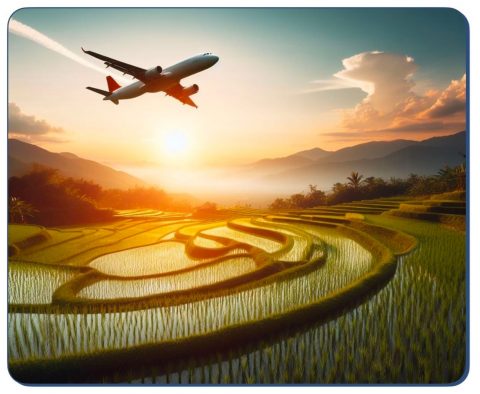
Did you know that rice contributes more to climate change regarding GHG than the aviation industry (2% vs. 2.5% of the world’s emissions)?
It’s partly due to how rice paddies are flooded (bacteria decomposing organic matter develops and releases methane).
However, the energy (and money) invested into hydrogen-fueled planes and carbon-neutral paddies are not quite comparable.
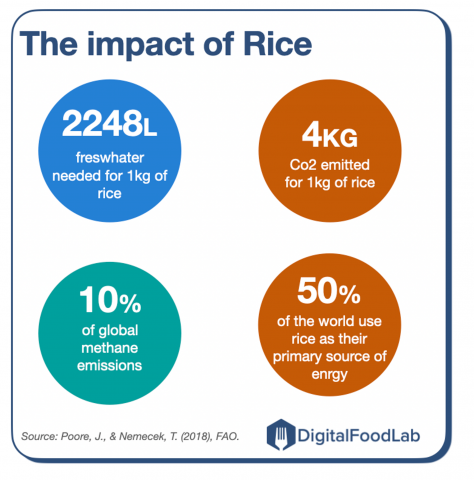
However, climate change has already had a severe impact on rice. As the number of heatwaves increases year after year, productivity decreases. India has banned some rice exports, which is creating a surge in prices (which has a devastating impact in Africa)
Solutions exist and include regenerative agriculture, better water management and crop selection. However, the challenge is often incentivising farmers to such practices and verifying their commitment. Some startups, such as CarbonFarm (which recently raised €2.5M), are specialising in this field, showing its importance for the planet and large companies in their overall emission reduction plans. I hope many new entrepreneurs will venture into this field (pun intended) with tech (notably advanced crops, bioinputs, etc.) and non-tech solutions.
2 – Aquaculture’s rise
This comprehensive infographic on fishing and aquaculture is interesting in revealing the importance of seafood (3 billion people depend on it for their protein intake) and, most importantly, the rise of aquaculture, notably in Asia.

This explains the surge of startups and investments in this space worldwide, notably in Asia. Startups are focusing on insects as a feed source for aquaculture (surprisingly, these are mainly in Europe, where aquaculture is comparatively small) and software and tech providers. One is eFishery, an Indonesian startup that became a unicorn this year.
3 – Investments in Asia
In a recently published report, we can learn more about the state of investments in the Asia-Pacific region. While funding has known better years (as for the rest of the world), it remains an important region to look to source innovation, notably for the upstream part of the value chain.
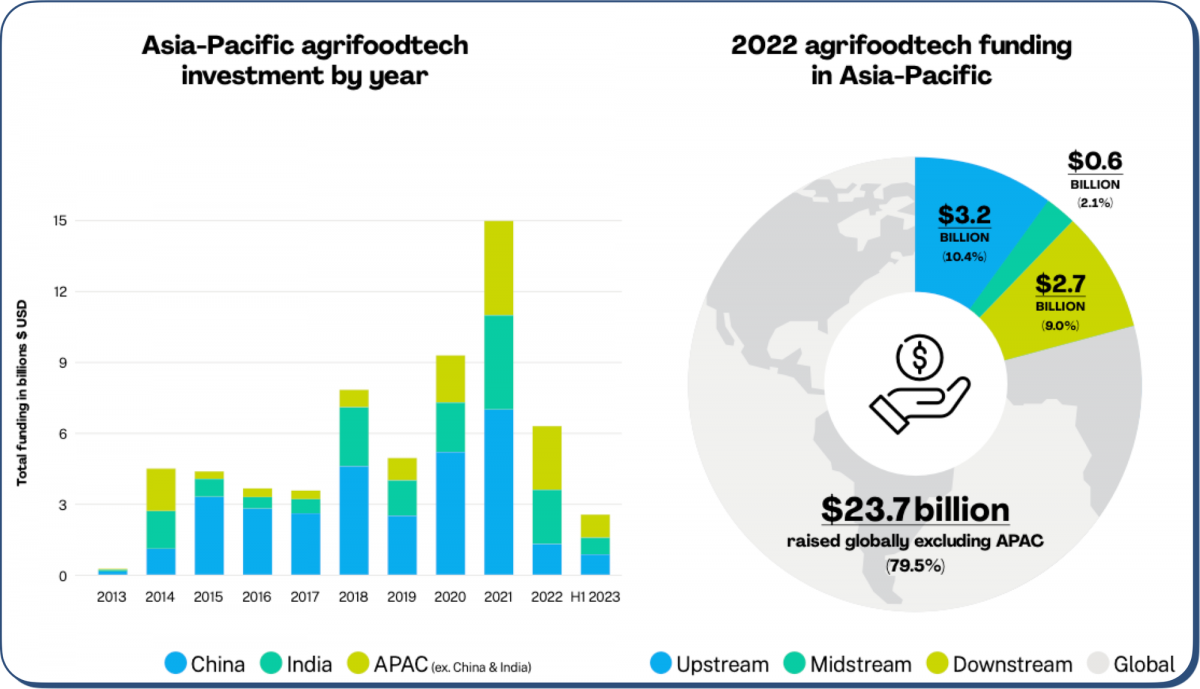
In a word, a large part of the future of food will be created and implemented in Asia. While the continent does not (yet) lead agri-foodtech innovation, we should never forget its overwhelming importance in the food sector as a producer and consumer of food products. Specific trends emerge on the continent, notably in health-oriented ingredients. Again, this shows the need for a global approach when looking for innovation.

